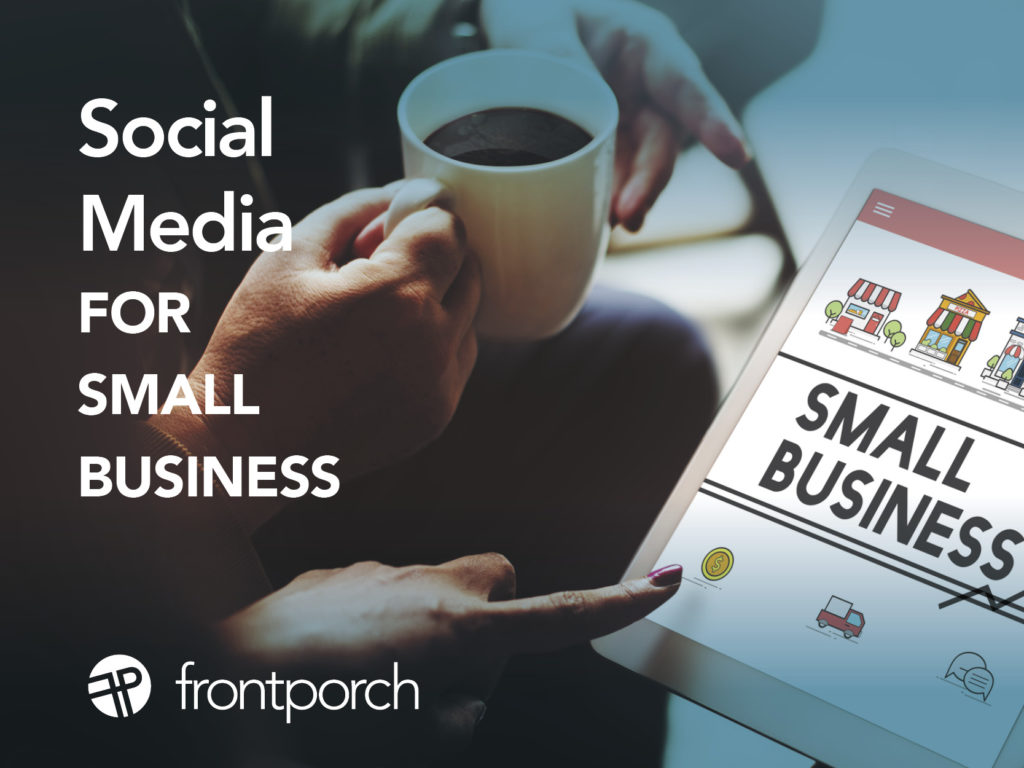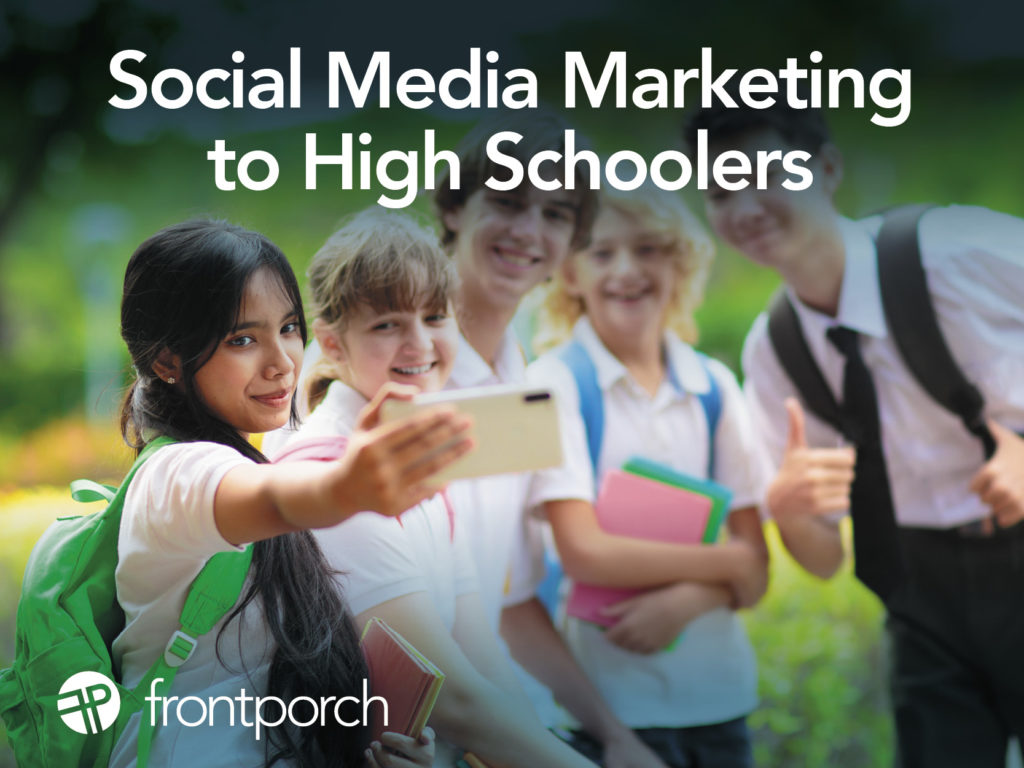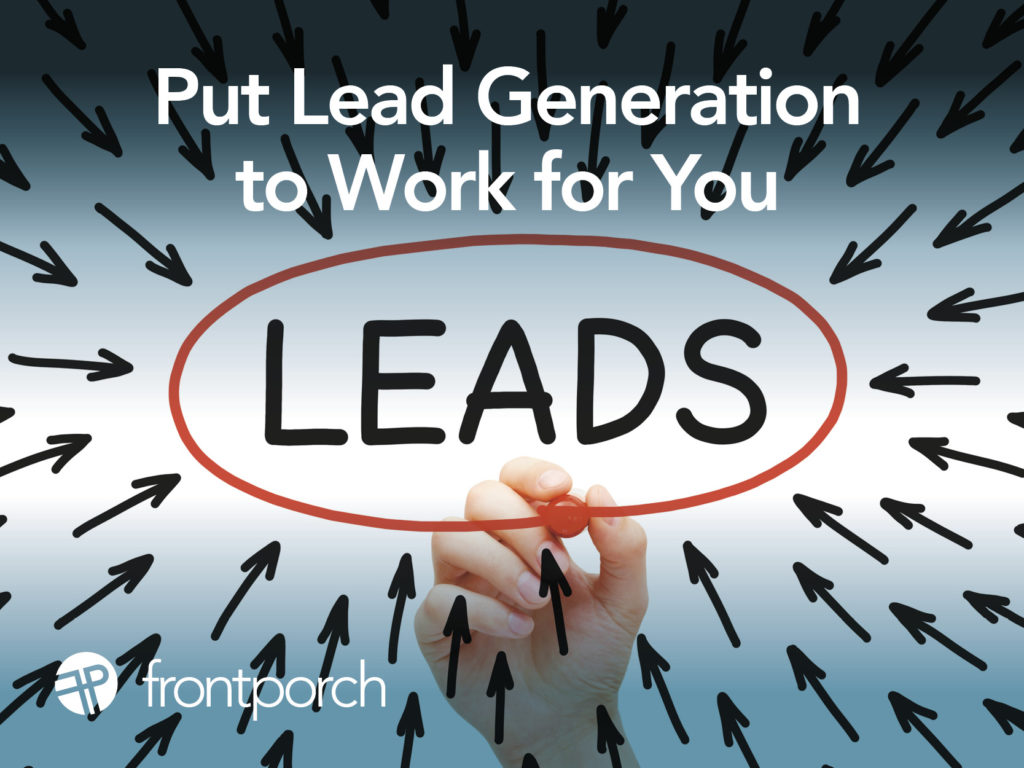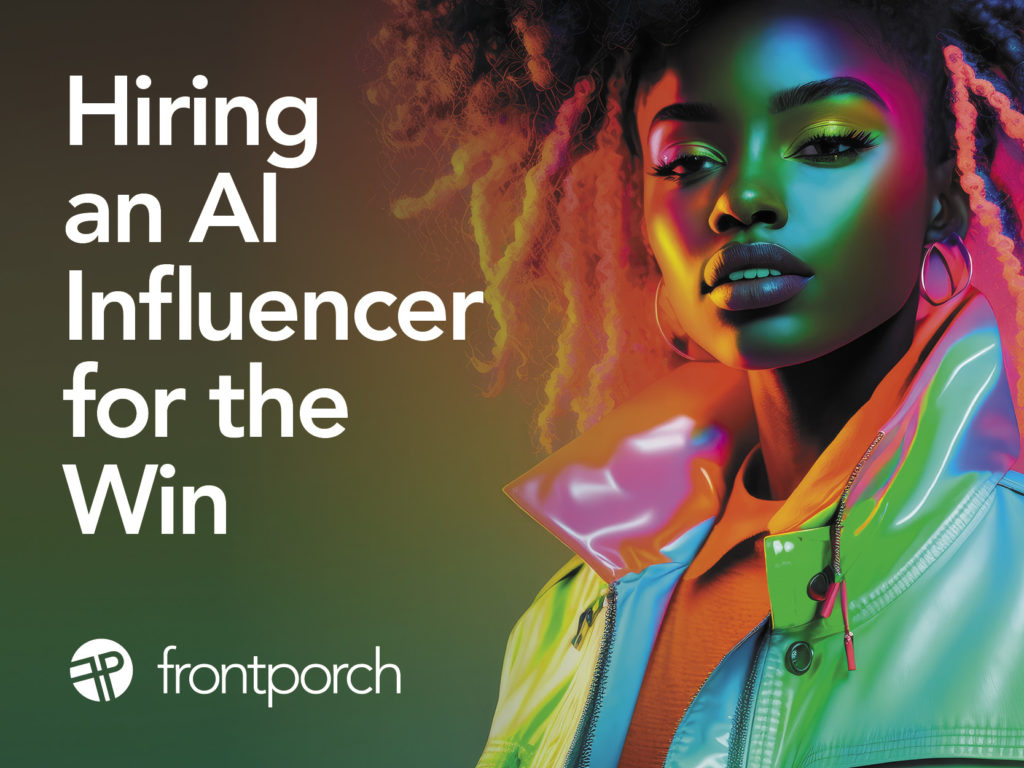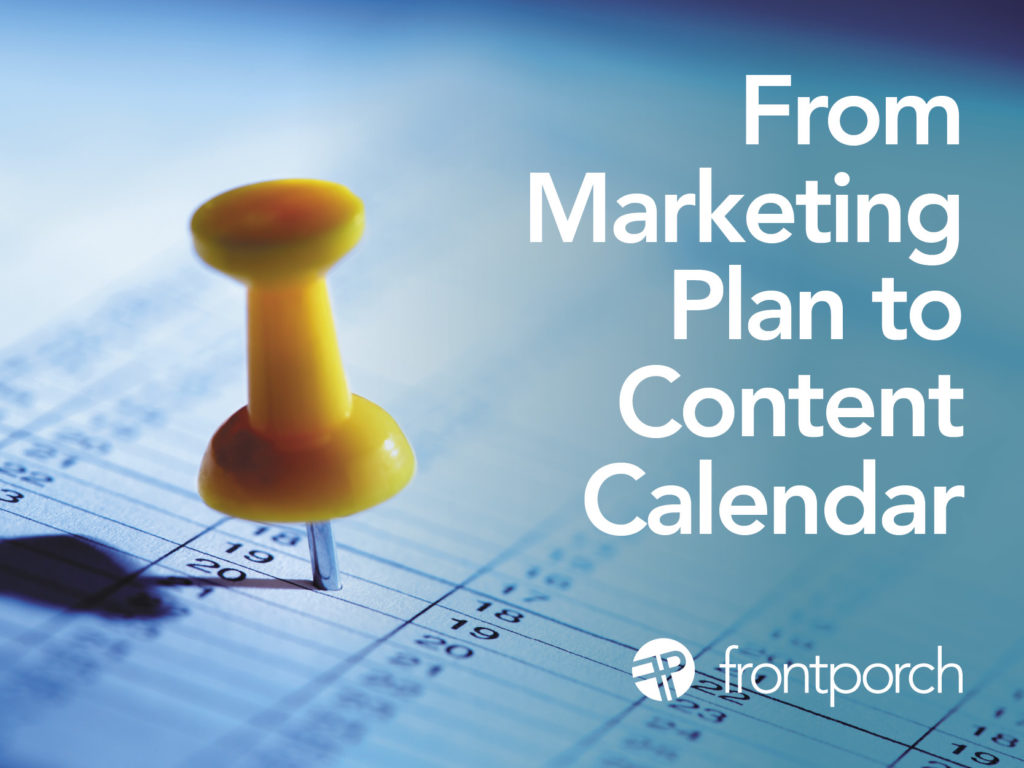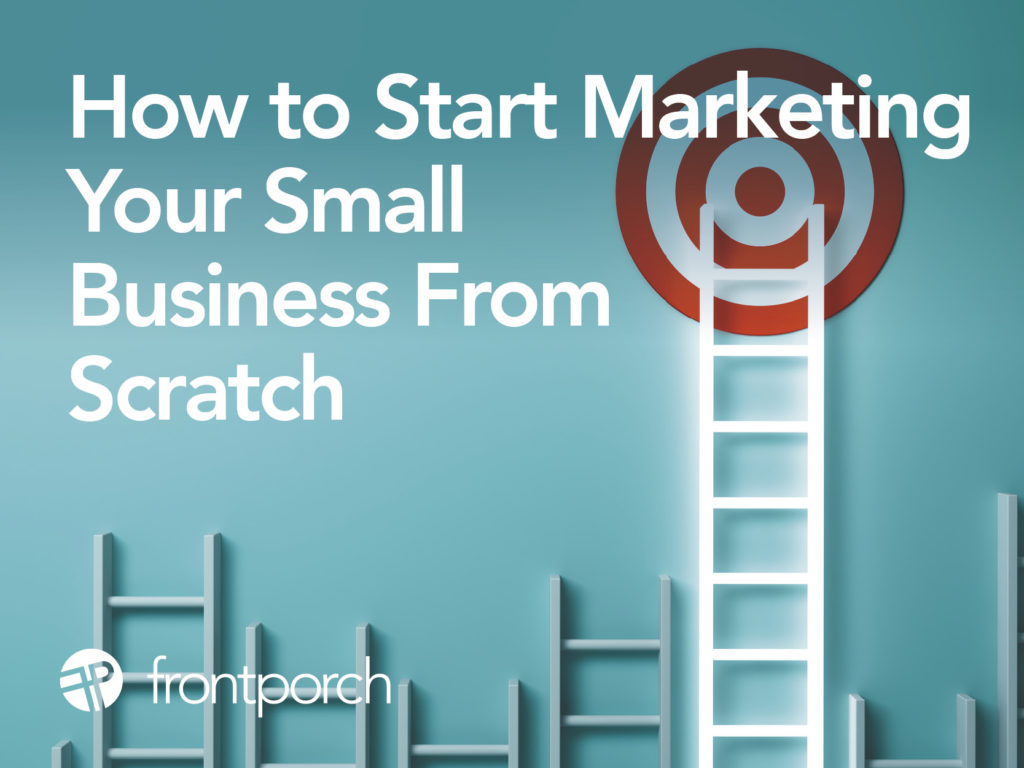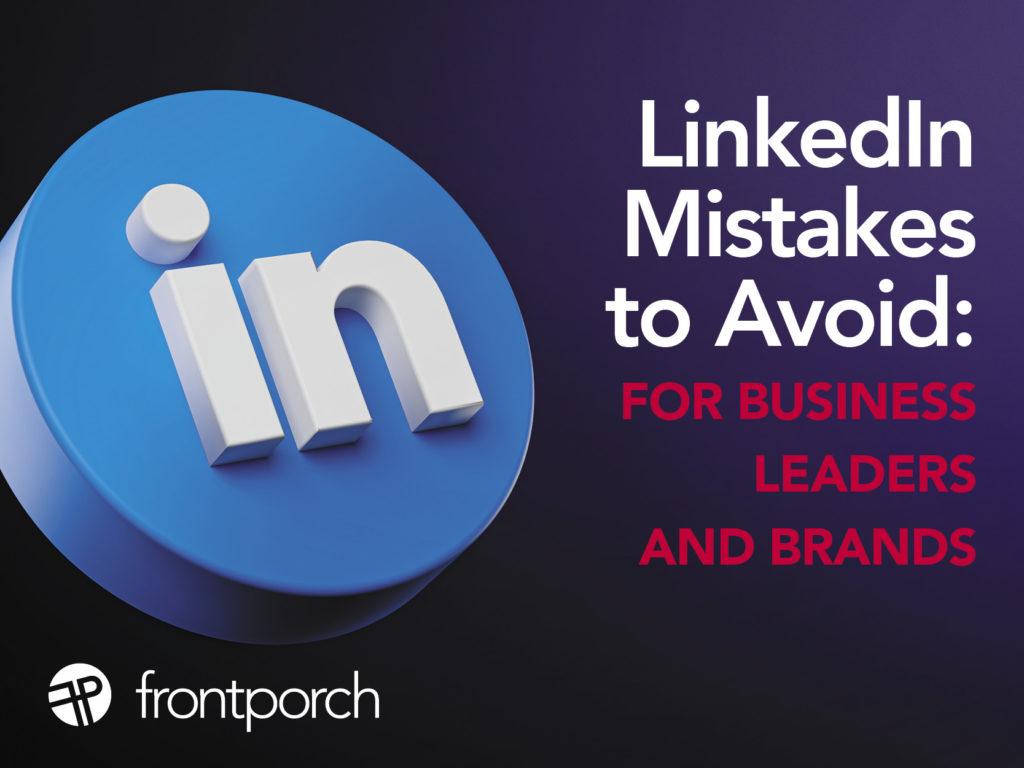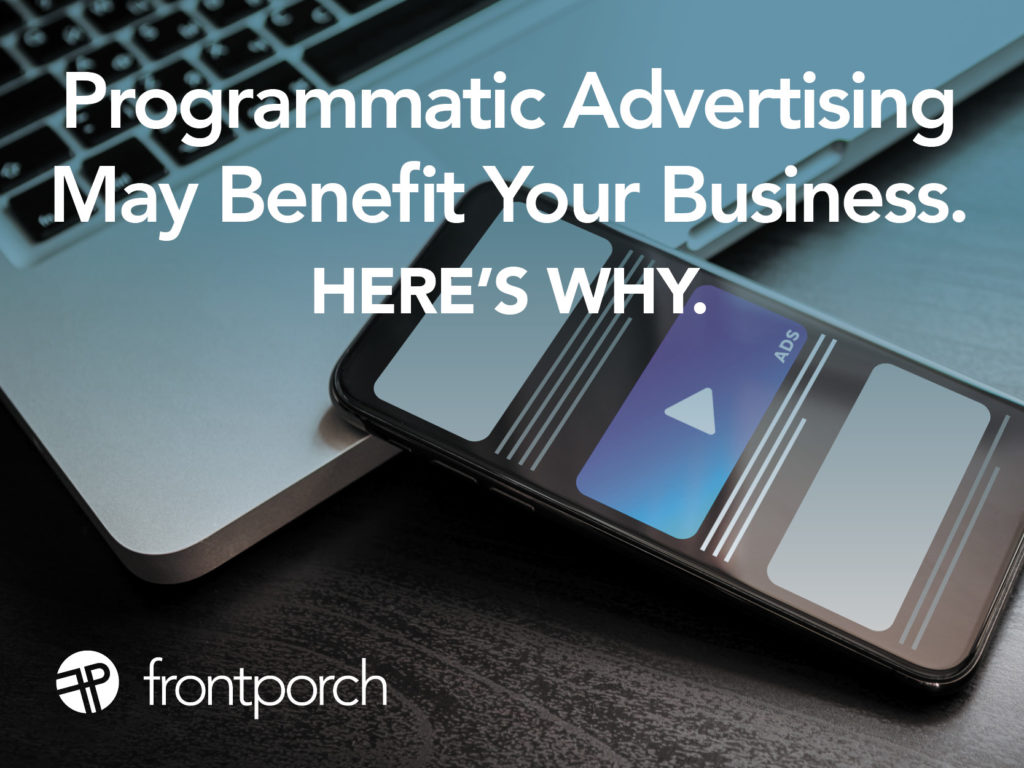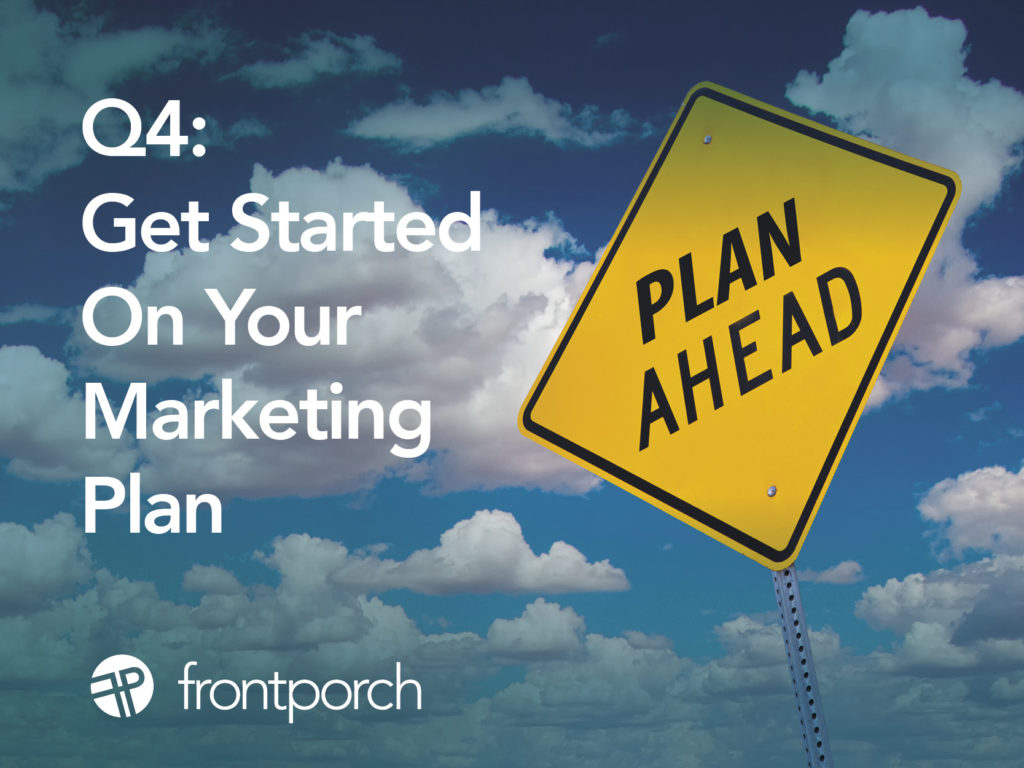
Establish the 2024 Marketing Plan for Your Business
The fourth quarter is 2024 marketing plan time. And there is still time to accomplish this important business exercise to cultivate growth in your business. Are you ready for 2024? On the Porch, marketing plan meetings are set with clients through early December to get ‘er done. It keeps the business and team focused. Save valuable resources — time and money — by creating yours now. Holler if Front Porch Marketing can help!
Marketing Plans 101
So, where to start? We would be happy to help, of course. But, if you want to tackle it on your own, let us help entertain you.
- Start by asking yourself the question “What are your 2024 business goals?” Marketing plans should align with what your business is trying to achieve.
- Then, based on projected 2024 revenue, budget a percentage of that revenue for marketing to meet growth targets. Research shows that on average companies are budgeting 9–10% for this purpose, for the second year in a row, for a variety of marketing activities. Protip: companies trying to gain market share are allocating more even in these uncertain times.
- Once the marketing budget has been inked, set your marketing goals. Goals should always be measurable and be able to be tracked on a monthly or quarterly basis. Measuring your progress is important! Define how success will be measured.
- Next, analyze your company’s situation and create or update the SWOT analysis. And then, analyze where competitors sit within the space. Then, define or redefine the target clients or customers.
Bring Your Marketing Plan to Life
Now that you have the start of a marketing plan written, think about how you will fulfill it. Set your marketing strategies. Strategies are long-term and create the pathway through to the business’s mission. They drive all of the marketing activities.
Next, define your marketing tactics. Will you be using advertising? Social media? Media relations? How will you execute against your strategy? Tactics are more detailed and have a shorter time frame. And tactics are action oriented. Think of tactics as the answer to how strategies will come to life. Are there tools in place for reporting on your company’s tactical success? Who is responsible for reporting and measurement? Set your structure in place for next year.
Finally, create a marketing timeline for all these activities. What needs to be completed and when? Make notes on who is responsible for tactical execution and when.
Review What Worked and What Didn’t in 2023 to Make 2024 Better
Make sure to revisit the marketing plan from time to time. Audit last year’s efforts, and this year’s efforts to gain insight on what to do better next year. Some folks do it quarterly, some more frequently. And cheers to your business success through strategic, thoughtful branding, marketing, advertising and marketing communication in 2024!

